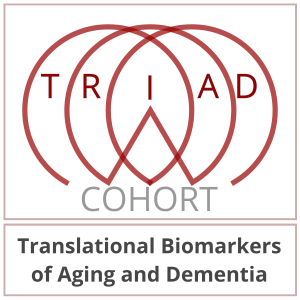Facilities

The MCSA was established in 1985 as a multi-disciplinary academic unit dedicated to gerontological research and postgraduate teaching on the mechanisms of aging as well as prevention of age-associated disorders. It has achieved international recognition for its integrative work on the neurodegeneration of the aging central nervous system and neurodegenerative diseases. The Centre’s scientists are renowned for their contributions in the fields of Alzheimer’s and Parkinson’s diseases and other cognitive disorders. The MCSA team is composed of neurologists, undergrad and grad students, post-doctoral fellows, administrative staff, research nurses and research assistants.
MCSA Crossroads
Crossroads is a new annex to the MCSA that opened on April of 2018. Clinical aspects of the research projects, including biosample collections, neuropsychological assessments and clinical assessments are conducted at this location. The research assistants at Crossroads assist in participant recruitment and scheduling of appointments for all measures of the study.






